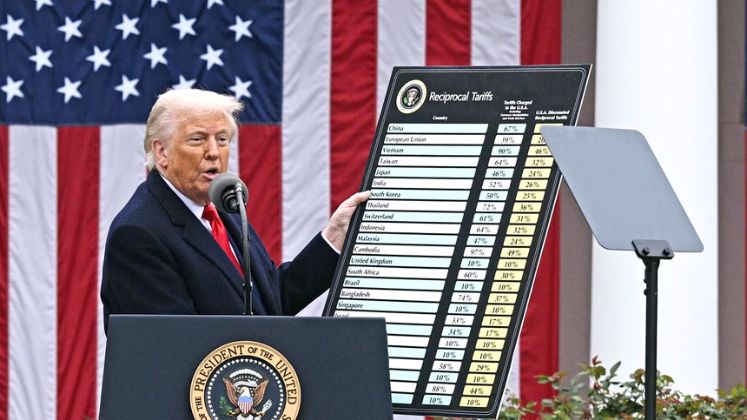
Convenor Prabhu Dhamodharan of the Indian Texpreneurs Federation (ITF), based in Coimbatore, stated that the US’s new reciprocal tariff framework is intended to level the playing field for trading partners. He said that this offers a medium- to long-term chance to increase export volumes, particularly in the textile and apparel industry to the US.
India’s tariff rate under the framework is 26 per cent, which is much lower than that of many other countries, like China (54 per cent), Bangladesh (37 per cent), Sri Lanka (44 per cent), and Vietnam (46 per cent). According to him, this clearly provides India a cost competitive edge.
Vietnam, Bangladesh, and India previously had comparable tariffs on exports of cotton clothing. According to him, the latest adjustments have given India a comparative tariff advantage over these rival countries, which could increase its competitiveness in the US market for the export of clothing.
This tariff advantage puts India in a strong position to increase its market share in the US. India’s position might be further strengthened by ongoing trade talks, especially if the country offers zero-duty cotton imports in exchange for sector-specific advantages in garment exports. According to him, this action might influence the course of the industry.
Among the most important things to keep an eye on are US consumer sentiment and purchasing patterns, which will have a significant impact on short-term export trends. If the tariffs are fully applied, some volatility at the retail level is to be expected. According to him, the next stage of trade dynamics would also be influenced by how each nation reacts and retaliates.






